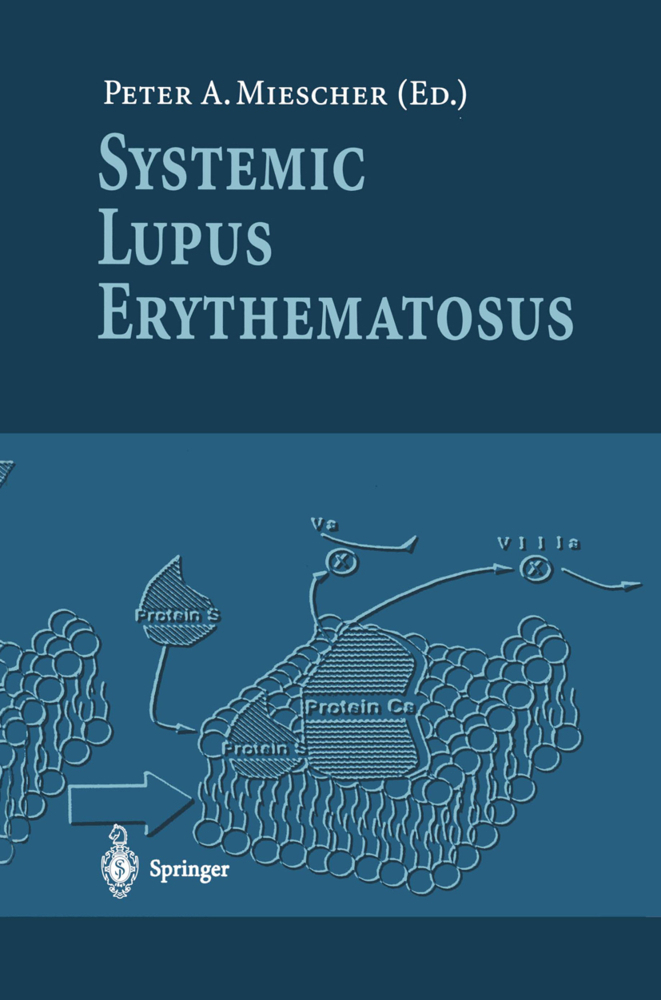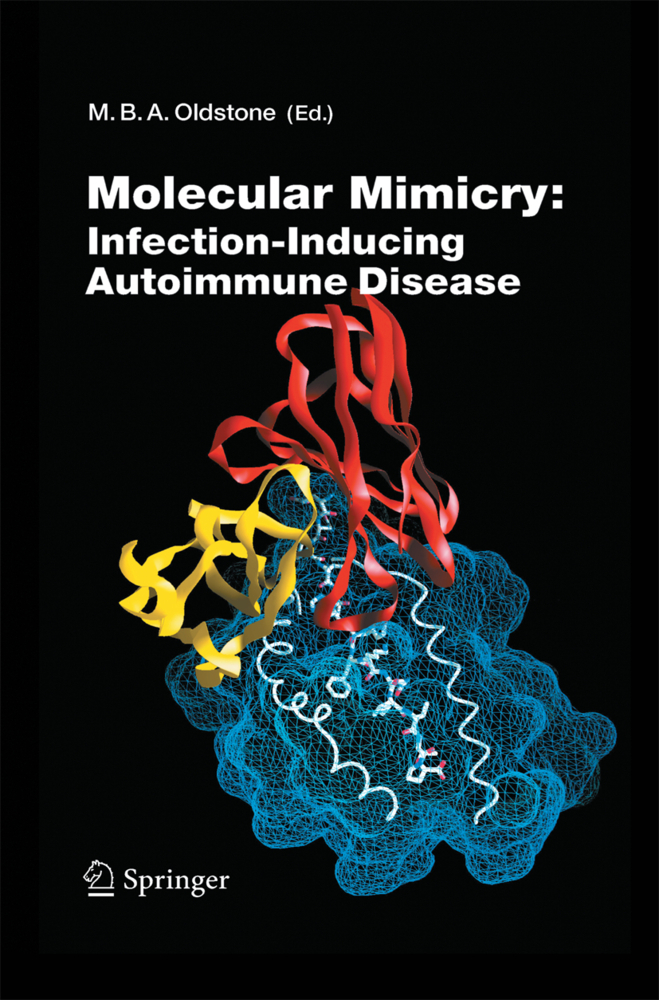Systemic Lupus Erythematosus
Clinical and Experimental Aspects
Systemic Lupus Erythematosus
Clinical and Experimental Aspects
More than 140 years ago, lupus erythematosus (LE) was recognized as a disease entity by clinicians working in the field of dermatology, which had only recently become an independent medical discipline. Soon after cutaneous lupus was first reported, it was realized that, apart from the skin, the disease could involve other organs and thus be systemic in nature. The latter observations were first made by MORITZ KApOSI [1], whose work has attracted renewed attention re cently and who succeeded FERDINAND VON HEBRA to the chair of dermatology at the Medical Faculty in Vienna. The early description of lupus erythematosus in both its cutaneous and systemic manifes tations was thus intimately associated with Vienna and its Medical School. The next phase in the study of lupus was characterized by an in crease in knowledge of the type and extent of organ involvement. The work by OSLER [2], LIBMANN and SACKS [3], and KLEMPERER [4] best represents these advances. The increase in clinical knowledge of LE finally led to DUBOIS' famous monograph [5], which was pub lished at a time of renewed interest in SLE, elicited by the descrip tion by HARGRAVES et al. [6] of the LE-cell phenomenon. A more detailed analysis of this finding revealed that the disease was charac terized by an abnormal immune response, although its pathogenetic implications were still unclear.
Etiologic and Pathogenetic Aspects of Systemic Lupus Erythematosus: A Critical Approach
II: Animal Models of Systemic Lupus Erythematosus: Genetic, Viral and Immunologic Aspects
Genetic Aspects of Murine Lupus
Autoimmune Disease in New Zealand Mice
The NZB × SWR Model: Insights into Viral, Immunologic, and Genetic Factors
Relevance of the Murine Models of Systemic Lupus Erythematosus to Human Disease
III: Immunologic and Genetic Aspects of Human SLE
The Importance of the Study of Monoclonal Antibodies
ANA Subsets in Systemic Lupus Erythematosus
Complement and Complement Deficiencies
The Role of Lymphokines in the Pathogenesis of Systemic Lupus Erythematosus
IV: Clinical Aspects of Human SLE
Clinical and Serologic Features: Incidence and Diagnostic Approach
Immunologic Similarities and Differences Between Systemic Lupus Erythematosus and Sjögren's Syndrome
Pathology
Cutaneous Manifestations
Neurological Manifestations
Radiographic Features
The Lupus Subset Idea
V: Therapeutic Aspects of SLE
An Experimental Therapeutic Approach: Clinical and Immunological Aspects of Plasmapheresis
Future Immunotherapeutic Possibilities in Autoimmunity.
I: General Considerations
Description of Systemic Lupus Erythematosus: A Historical PerspectiveEtiologic and Pathogenetic Aspects of Systemic Lupus Erythematosus: A Critical Approach
II: Animal Models of Systemic Lupus Erythematosus: Genetic, Viral and Immunologic Aspects
Genetic Aspects of Murine Lupus
Autoimmune Disease in New Zealand Mice
The NZB × SWR Model: Insights into Viral, Immunologic, and Genetic Factors
Relevance of the Murine Models of Systemic Lupus Erythematosus to Human Disease
III: Immunologic and Genetic Aspects of Human SLE
The Importance of the Study of Monoclonal Antibodies
ANA Subsets in Systemic Lupus Erythematosus
Complement and Complement Deficiencies
The Role of Lymphokines in the Pathogenesis of Systemic Lupus Erythematosus
IV: Clinical Aspects of Human SLE
Clinical and Serologic Features: Incidence and Diagnostic Approach
Immunologic Similarities and Differences Between Systemic Lupus Erythematosus and Sjögren's Syndrome
Pathology
Cutaneous Manifestations
Neurological Manifestations
Radiographic Features
The Lupus Subset Idea
V: Therapeutic Aspects of SLE
An Experimental Therapeutic Approach: Clinical and Immunological Aspects of Plasmapheresis
Future Immunotherapeutic Possibilities in Autoimmunity.
Smolen, Josef S.
Zielinski, Christoph C.
Geyer, G.
| ISBN | 978-3-642-71644-7 |
|---|---|
| Artikelnummer | 9783642716447 |
| Medientyp | Buch |
| Auflage | Softcover reprint of the original 1st ed. 1987 |
| Copyrightjahr | 2012 |
| Verlag | Springer, Berlin |
| Umfang | XIV, 358 Seiten |
| Abbildungen | XIV, 358 p. |
| Sprache | Englisch |











